
Petra, Jordan. Instagram: @abercrombiekent
Increasingly businesses and professionals are using Instagram as a way of promoting their brand, but the app can also function as a modern-day diary. LUX contributor and Abercrombie & Kent Founder Geoffrey Kent explains why he’s a social media convert
Oscar Wilde wrote: “I never travel without my diary. One should always have something sensational to read on the train.” Not many people have led as sensational a life as that of the Irish playwright, but keeping a diary or journal isn’t just for the outrageous, or the pursuit of Adrian Mole-esque teenagers.
A growing body of research suggests that recording your experiences is a good practice, not only for posterity, but also as a good mental-health practice. Other benefits include aiding memory. Oscar Wilde also wrote that “memory is the diary we all carry about with us” – but memory is a funny thing. Impressions can last for years but the minutiae can become lost quite quickly if not written down.
Follow LUX on Instagram: the.official.lux.magazine
I discovered this for myself in 1958, as a teenager. When I was 16, I rode a motorbike from Nairobi to Cape Town on a 3,000-mile journey of self-discovery along some of Africa’s most dangerous roads. In my saddlebags, along with my Shell Oil road map, a poncho, tarpaulin sheet and elephant hair bracelets, were a pencil and journal. Every day, I made notes: the route I took, how many elephant hair bracelets I had managed to trade at market, leopard tracks on my tails, that the giraffes that I saw had smaller and smaller spots, that my next challenge would be climbing Kilimanjaro. I also posed more existential questions, such as: who is Geoffrey Kent? What do I think is worthwhile? I usually wrote at midday whilst catching shade from the broiling heat, resting at the base of baobab trees.
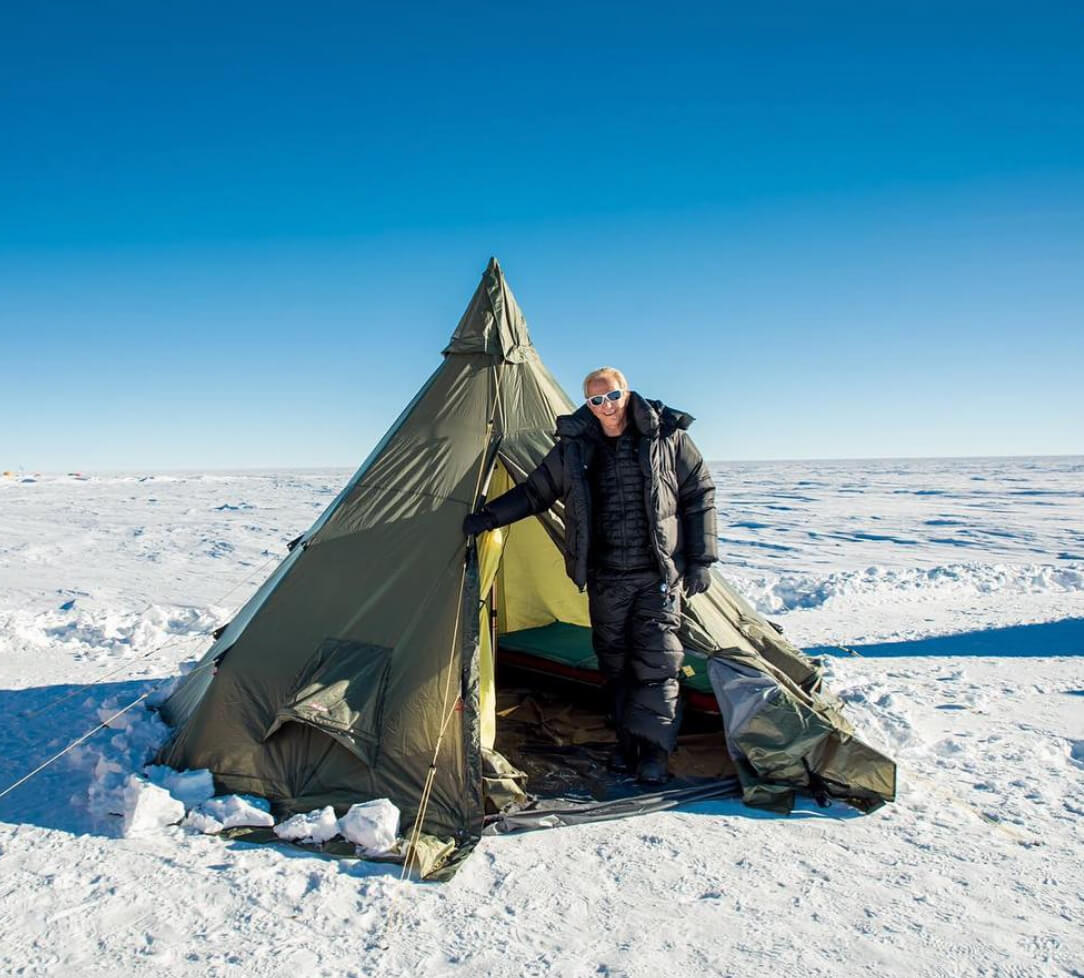
Geoffrey Kent at the Abercrombie & Kent camp in the South Pole. Instagram: @geoffrey_kent
Upon arriving in Cape Town, I felt a profound sense of achievement, duly recorded in my journal‚ and then my thoughts turned immediately to my next challenge – how to get home. I didn’t fancy another 3,000-mile bike ride back to Nairobi. I needed to earn some money so I could go back by boat or train – anything but by two wheels. A friend in Cape Town suggested I write a story about my journey and try to sell it. Thank goodness for my journal and all the notes I had taken along my route. I managed to pull together a good piece, full of accurate, evocative details, and the Cape Argus newspaper agreed to publish the article along with photos of me on my bike.
Due to my scribblings in my journal I was able to get home in style – in first class, aboard the Africa, the best ship in the Lloyd Triestino line, from Cape Town to Mombasa. From that day to this, I have always kept a diary. My diaries were invaluable in researching and writing my memoir Safari: A Memoir of a Worldwide Travel Pioneer. In the pages of Smythson notebooks unseen for years (sometimes decades), I uncovered details that had been lost to time – that I had been granted the first license to take travellers into the Ngorongoro Crater; how dinner with David Niven led me to own my first boat on the Nile; how I got into China before any other travel executive travelling as an Ethiopian citizen (thanks to my sister’s birth in Addis Ababa) in a tour group organised by an Ethiopian pro-Communist group that I had read about in the East African Standard.
Read more: Get to know these 4 new Instagram aesthetes
Over the years however, an evolution has occurred in step with technology and my method of memory-keeping has changed. I now keep a visual diary. Upon opening my Instagram account (@geoffrey_kent), I fell in love with the platform and now use it to – yes, promote my businesses and brands – but also as a photographic journal. It’s my new diary. Social media is the easy, accessible way to record your life and experiences in a public forum (shared with the wide world or just a private, select few – your choice). I post religiously – even from the South Pole.

An Abercrombie & Kent expedition to the South Pole (Day 5). Image courtesy of A&K
Antarctica is never one to be underestimated, but it is amazing too. I will long remember seeing the Emperor penguins, exploring the ice tunnels, climbing and naming a mountain in the Drygalski mountain range, and making it to the South Pole. Despite what can kindly be called patchy internet access, I posted daily to my grid and look forward to scrolling through my feed in years to come to bring to mind this sensational trip with some new close friends.
7 steps to Instagram success
1. Start by thinking about what it is you like about your favourite account.
2. Try the Preview app – it’s a cool tool for testing out your posts before you commit an image to your feed.
3. Quality rather than quantity – only feature amazing images which are in line with your chosen aesthetic.
4. Be sure to edit – Android and iPhone have excellent built-in photo editing tools for cropping and levelling, but there are lots of apps that can help make your photos picture perfect.
5. Be smart about hashtags – you can add up to thirty hashtags in one post, but you shouldn’t.
6. Include the geotag to boost your post’s visibility.
7. When and how much you post matters – those in the know suggest posting at similar times every day, when your followers are active.
Discover Abercombie & Kent’s portfolio of luxury travel tours: abercrombiekent.co.uk


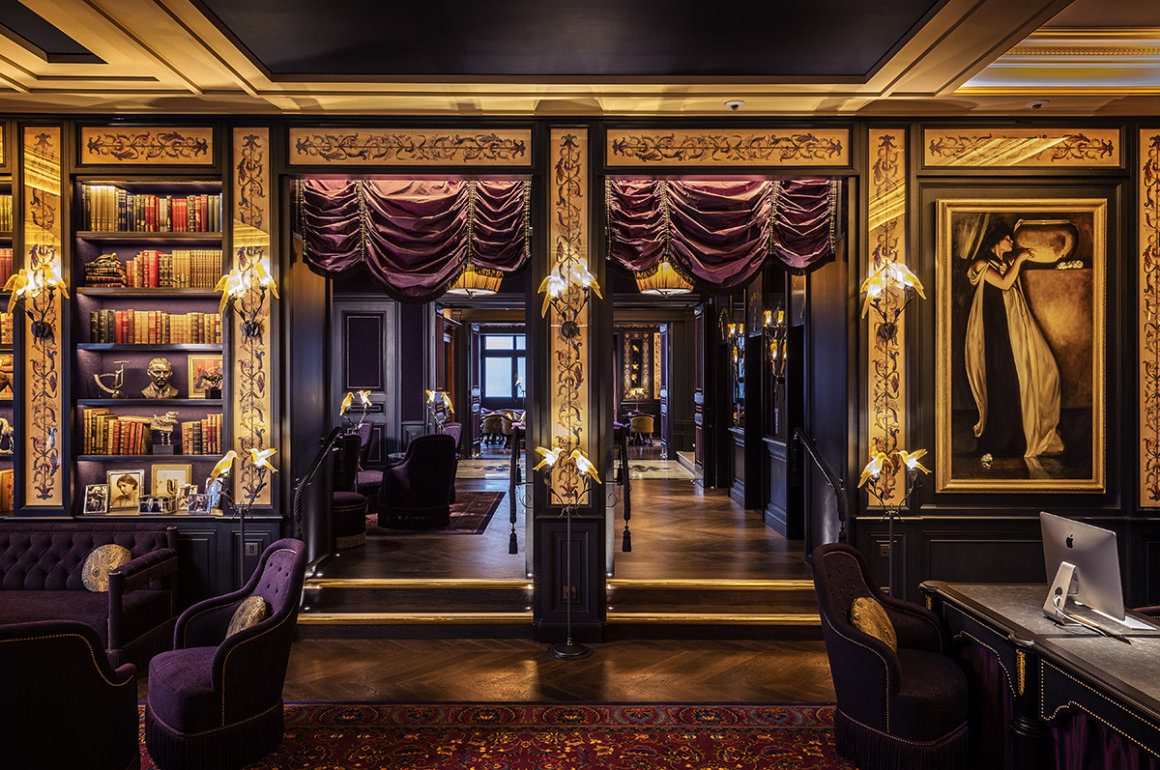
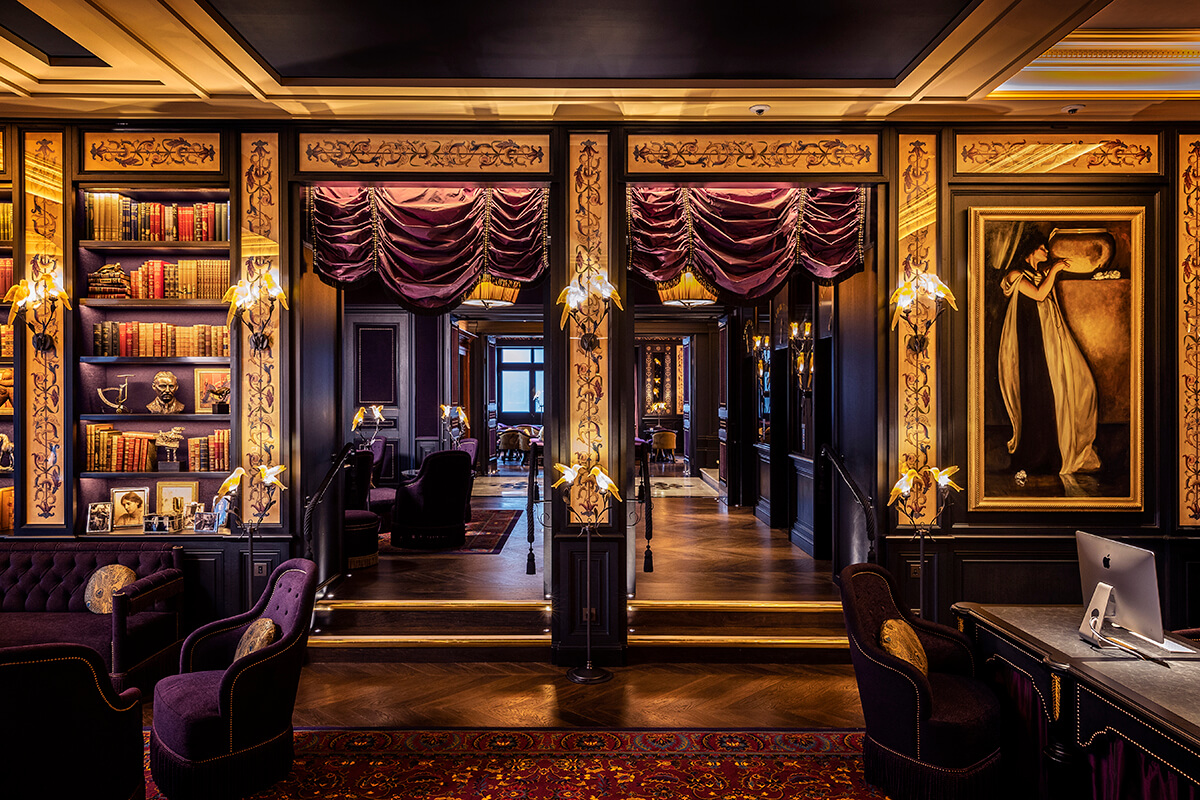
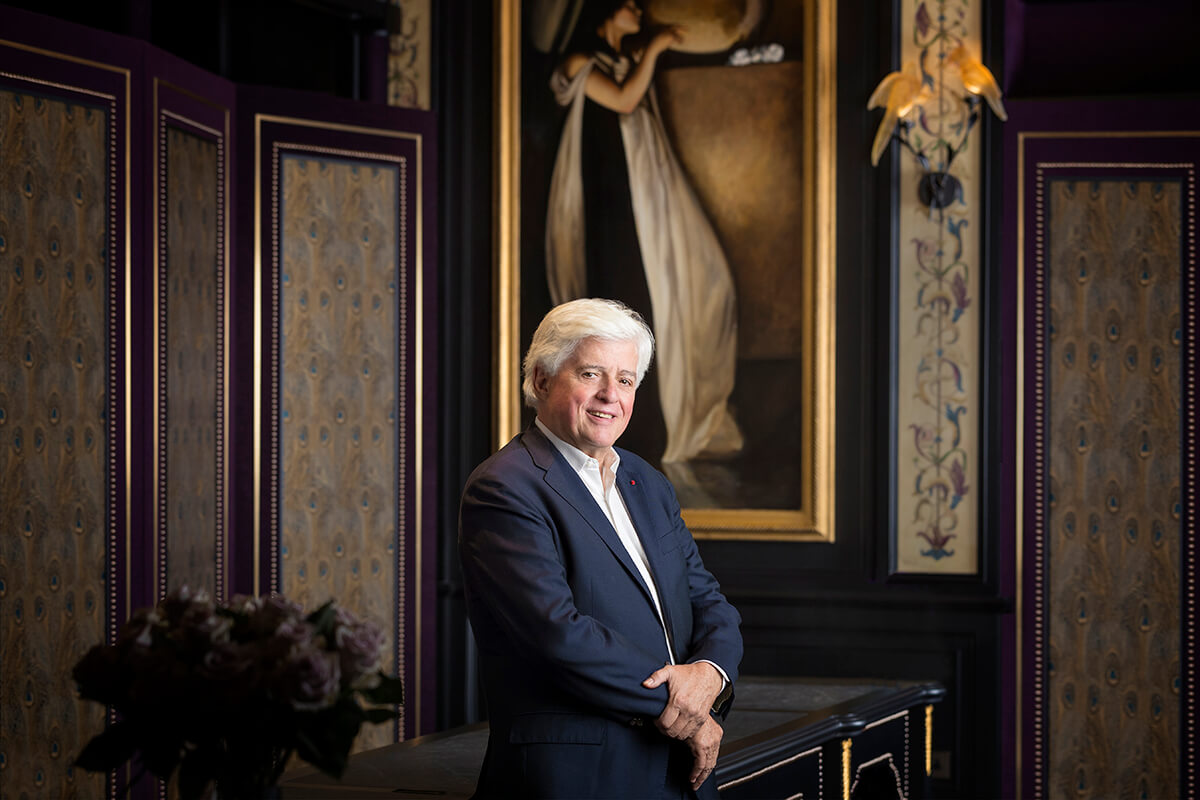
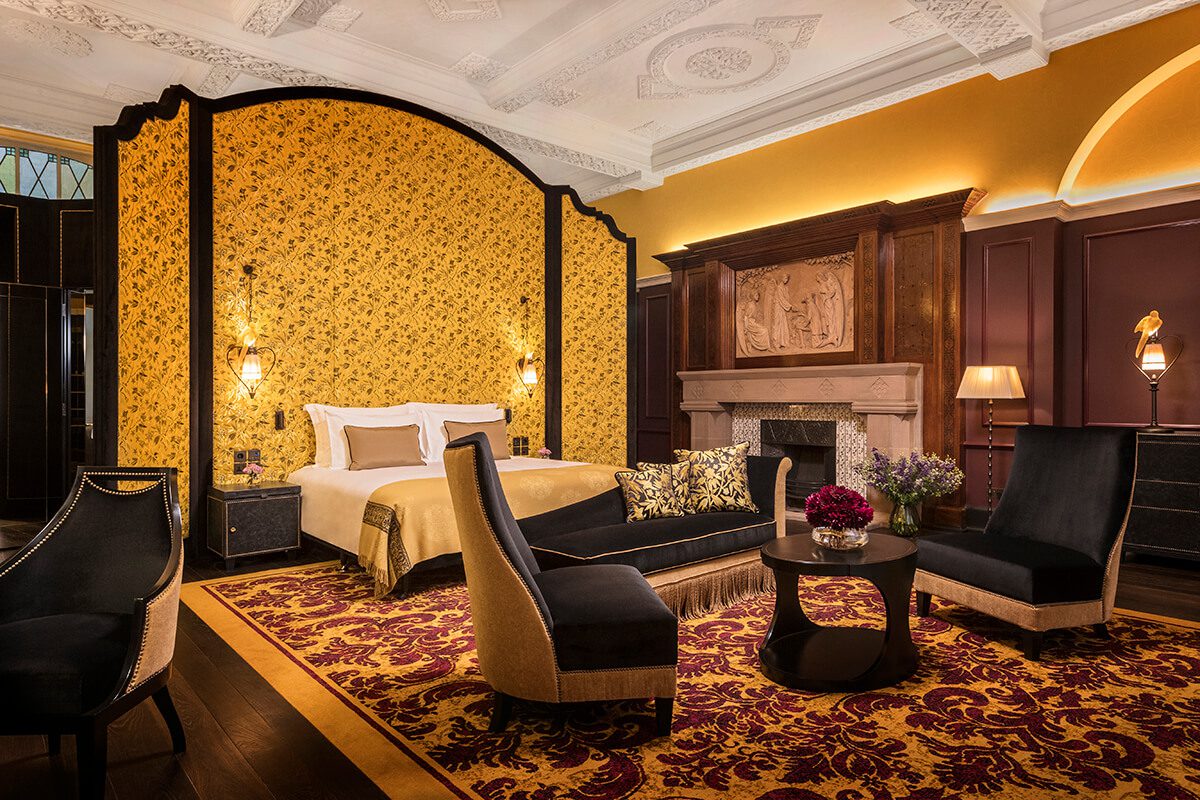
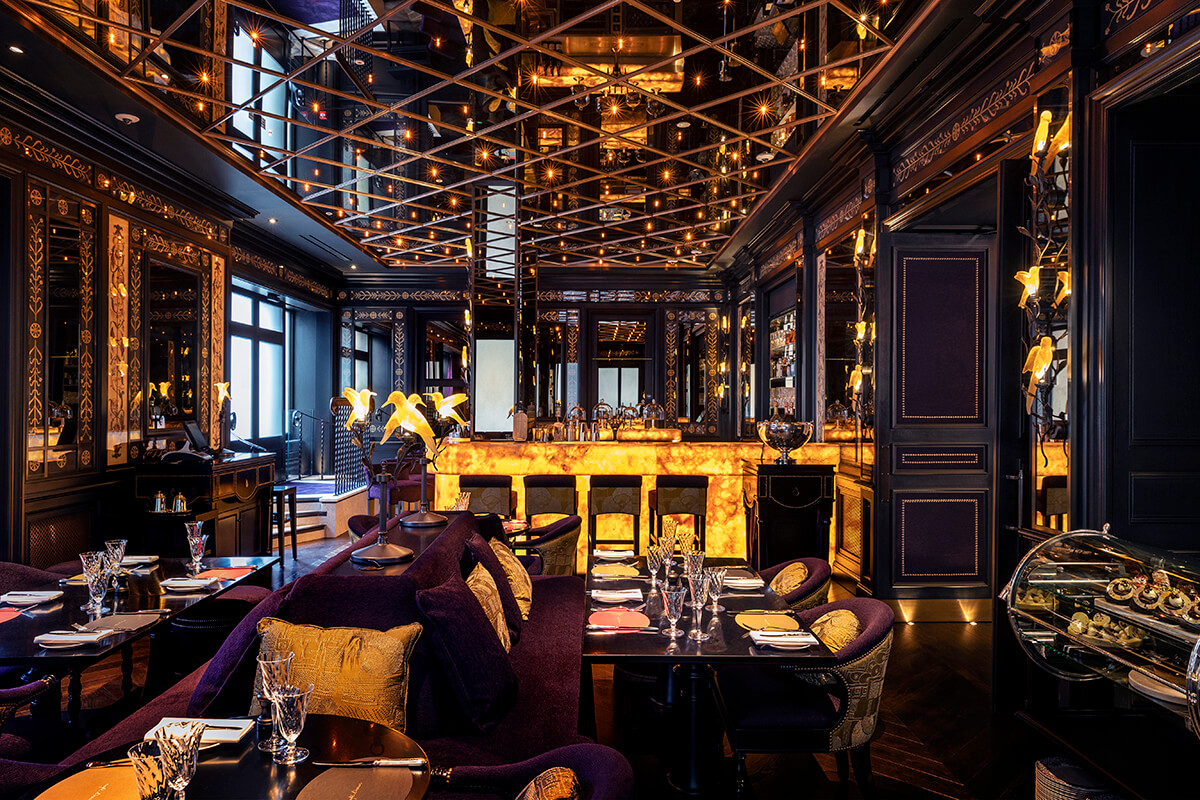





Recent Comments